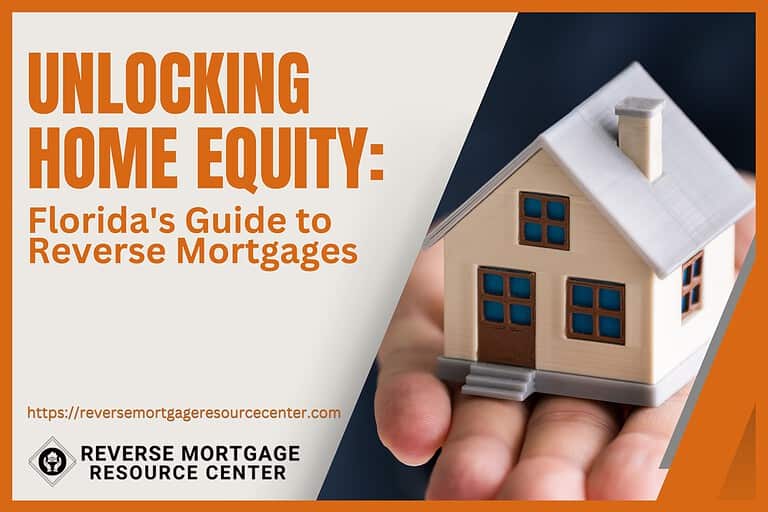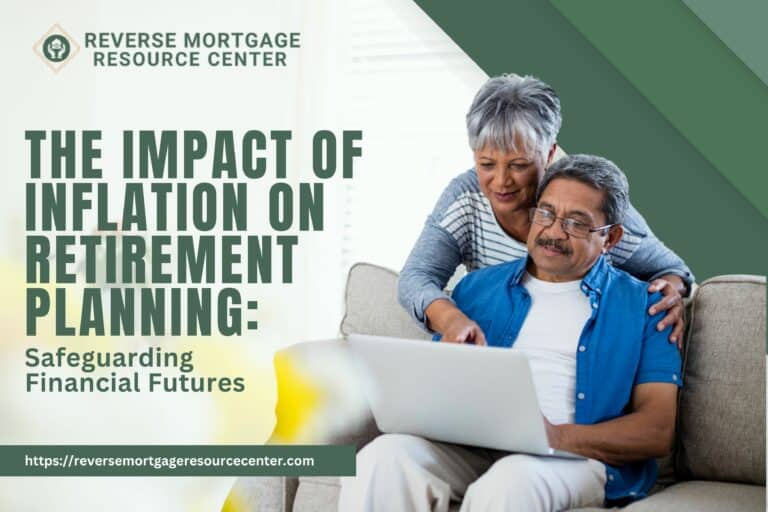Planning for Long-Term Care with a Reverse Mortgage
In the golden years of retirement, one of the most pressing concerns for seniors is the prospect of long-term care and its associated costs. As we age, the likelihood of needing assistance with daily activities increases, along with the expenses that accompany such care. Addressing these concerns requires careful planning and consideration of available financial tools. Among these tools, a reverse mortgage stands out as a viable option for seniors seeking to manage long-term care expenses while maintaining financial independence and security. In this article, we delve into the intersection of reverse mortgages and long-term care planning, exploring how this innovative financial instrument can offer peace of mind and security in retirement.
Understanding Long-Term Care Challenges
Before delving into the specifics of reverse mortgages, it’s essential to grasp the challenges associated with long-term care in retirement. Long-term care encompasses a range of services designed to help individuals with chronic illnesses or disabilities perform daily activities such as bathing, dressing, and eating. These services may be provided at home, in assisted living facilities, or nursing homes, depending on the individual’s needs and preferences.
The cost of long-term care can be staggering, often surpassing the financial resources of seniors and their families. According to the U.S. Department of Health and Human Services, the national average cost of a private room in a nursing home exceeded $100,000 annually in 2020, with costs projected to rise in the coming years. These expenses can quickly deplete retirement savings and jeopardize financial security, leaving seniors vulnerable to economic hardship in their later years.
The Role of Reverse Mortgages
In the face of escalating long-term care costs, many seniors are turning to reverse mortgages as a strategic financial tool. A reverse mortgage allows homeowners aged 62 and older to convert a portion of their home equity into readily accessible funds without selling their home or taking on additional monthly mortgage payments. Unlike traditional mortgages, where homeowners make monthly payments to a lender, reverse mortgages provide homeowners with loan funds based on the equity they’ve built in their homes over the years.
Reverse mortgages offer several advantages for seniors planning for long-term care:
- Access to Home Equity: By tapping into their home equity, seniors can access a source of funds to cover long-term care expenses, supplementing their retirement income and preserving their savings for other needs. This can provide much-needed financial flexibility and peace of mind, knowing that they have resources available to address unforeseen health challenges.
- No Monthly Payments: One of the most attractive features of reverse mortgages is that borrowers are not required to make monthly mortgage payments. Instead, the loan balance accumulates over time and is repaid when the home is sold or the borrower passes away. This can be particularly beneficial for seniors on fixed incomes who may struggle to afford additional monthly expenses.
- Stay in Your Home: Unlike other financing options for long-term care, such as selling the home or taking out a traditional loan, a reverse mortgage allows seniors to remain in their homes for as long as they choose. This can have significant emotional and psychological benefits, as many seniors prefer to age in place surrounded by familiar surroundings and cherished memories.
- Non-Recourse Loan: Reverse mortgages are non-recourse loans, which means that the borrower or their heirs will never owe more than the home is worth, even if the loan balance exceeds the home’s value. This provides a level of protection for borrowers and their families, ensuring that they will not be burdened with additional debt beyond the value of the home.
Navigating the Reverse Mortgage Landscape
While reverse mortgages offer compelling benefits for seniors planning for long-term care, it’s essential to approach this financial decision with caution and careful consideration. Here are some key factors to keep in mind when exploring reverse mortgages:
- Financial Counseling: Before obtaining a reverse mortgage, seniors are required to undergo financial counseling with a HUD-approved counselor. This counseling session provides valuable information about the costs and benefits of reverse mortgages, as well as alternative financing options. It’s crucial for seniors to fully understand the implications of a reverse mortgage and how it fits into their overall financial plan.
- Loan Terms and Costs: Reverse mortgages come with various loan terms and costs, including origination fees, closing costs, and mortgage insurance premiums. Seniors should carefully review these terms and costs with their lender to ensure they are getting the best possible deal. Additionally, it’s essential to understand how the loan balance will accrue over time and how it will be repaid in the future.
- Impact on Heirs: While a reverse mortgage can provide valuable financial assistance for seniors, it’s important to consider the impact on heirs and estate planning. Because the loan balance must be repaid upon the sale of the home, heirs may receive less inheritance than they would otherwise. Seniors should discuss their plans with their heirs and consider how a reverse mortgage fits into their broader estate planning strategy.
- Safeguards and Protections: Reverse mortgages are subject to certain safeguards and protections designed to prevent abuse and exploitation of seniors. For example, lenders are required to conduct a financial assessment to ensure that borrowers have the means to pay property taxes and homeowners insurance. Additionally, seniors have the option to set aside a portion of their loan proceeds as a line of credit for future long-term care expenses.
Exploring Loan Options and Flexibility
One of the key benefits of reverse mortgages is the flexibility they offer in accessing funds to cover long-term care expenses. Seniors can choose from several disbursement options, including a one-time lump sum, monthly disbursements, lines of credit, or a combination of these options. This flexibility allows seniors to tailor their loan to meet their specific needs and preferences, whether they require a one-time source of funds for a specific expense or ongoing funds to supplement their retirement.
Additionally, reverse mortgages can be used in conjunction with other financial resources to create a comprehensive long-term care plan. For example, seniors may combine a reverse mortgage with long-term care insurance to provide additional coverage for medical expenses and assistance with daily activities. By leveraging multiple financial tools, seniors can create a robust safety net to protect against the uncertainties of aging and ensure their financial security in retirement.
Addressing Common Misconceptions
Despite the potential benefits of reverse mortgages, there are several common misconceptions that may deter seniors from considering this financial option. One of the most prevalent misconceptions is that the lender will take ownership of the home upon the borrower’s death. In reality, borrowers retain ownership of their home and can pass it on to their heirs, subject to repayment of the reverse mortgage loan balance.
Another misconception is that reverse mortgages are only suitable for seniors in dire financial straits. While reverse mortgages can provide valuable assistance for seniors facing financial challenges, they can also be a useful tool for those who are relatively well-off but seek to enhance their financial security and flexibility in retirement. By dispelling these misconceptions and providing accurate information, seniors can make informed decisions about whether a reverse mortgage is right for them.
REVERSE MORTGAGE RESOURCE CENTER ~LIVE LIFE ON YOUR TERMS~
Our Lending Team has been serving our clients since 2004. We are passionate about serving our clients with integrity to help them achieve their financial goals.







